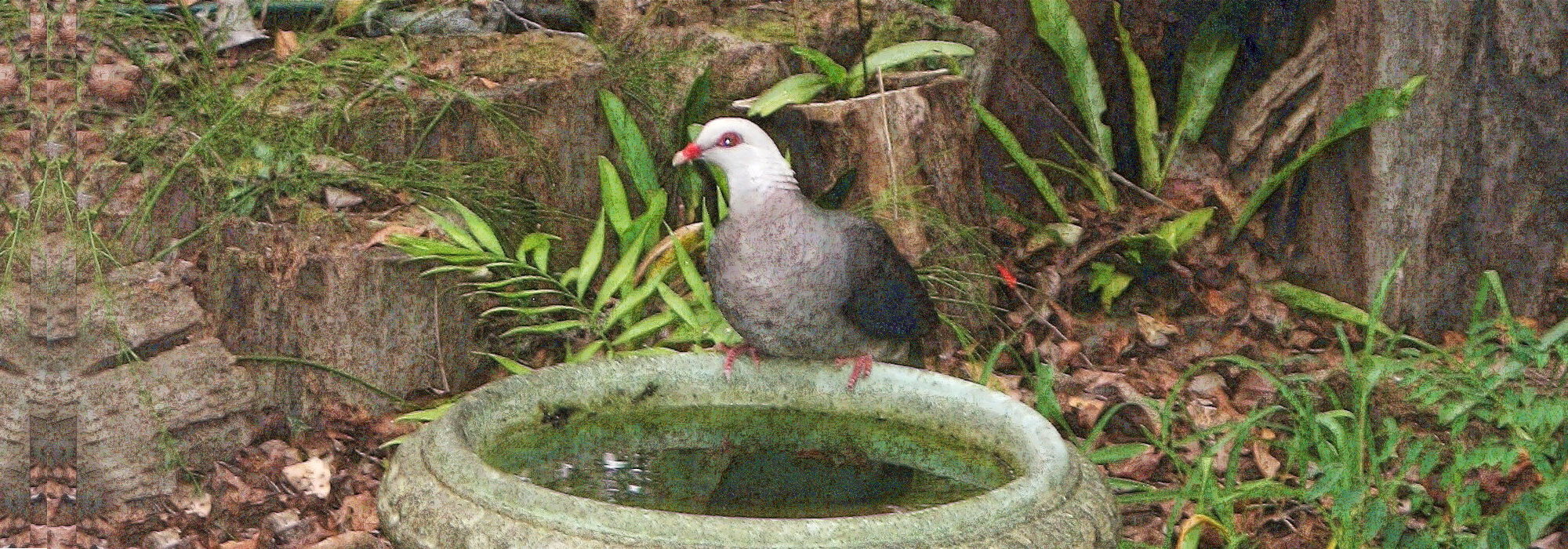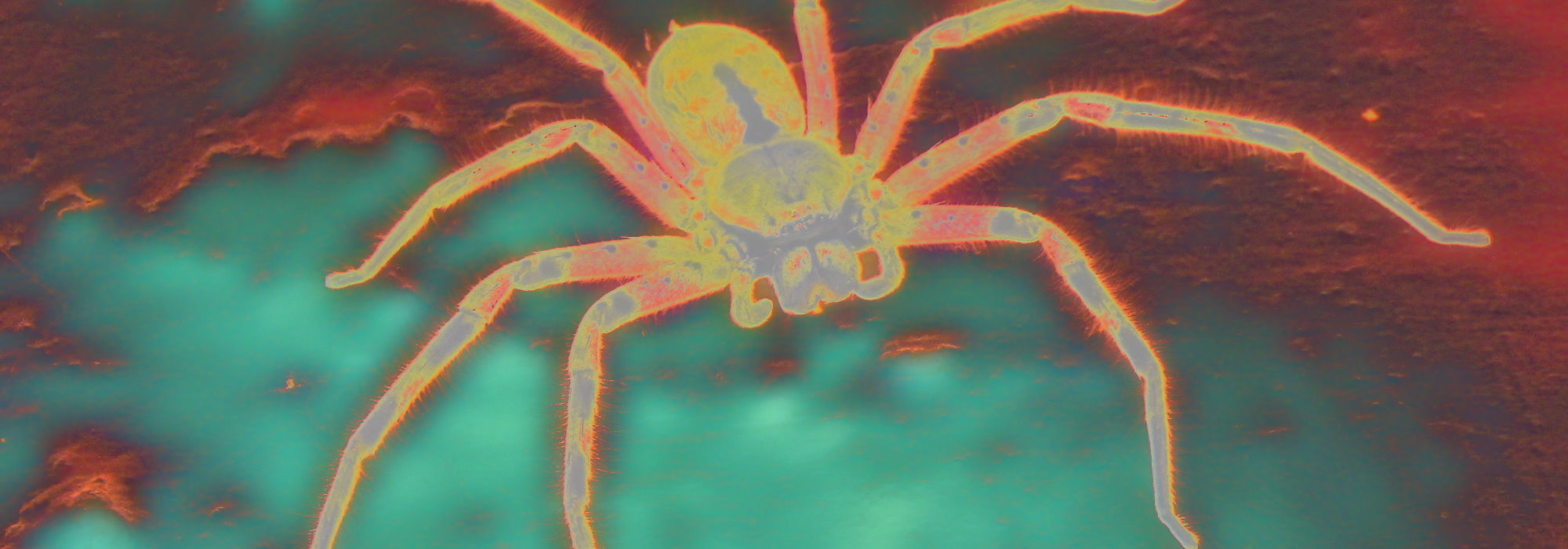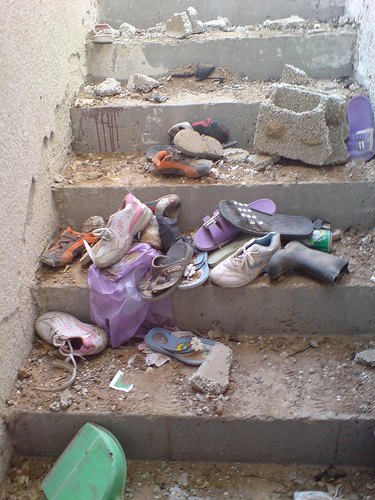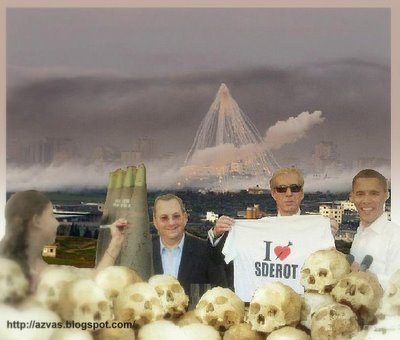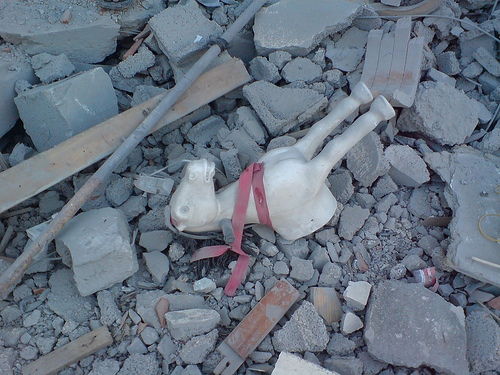The Israeli misinformation campaign is moving into full swing, along with its gratuitous bombings and continued collective punishment of the Palestinian people.
Here’s my comment at the Israeli Consulate blog waiting to be now passed through their checkpoint, in response to How Did the Cease Fire End:
“More hasbara – this is getting old.
Here’s what your own ex Shin Bet said of Israel’s cease fire breach – you didn’t mention there were several killed, did you. In fact it was at least 5 people and several others wounded, including a woman. Then there were the other breaches committed by Israel before that day you didn’t mention.
“Last week, Israeli forces entered Gaza, destroyed an underground border tunnel, and battled Hamas fighters, leaving several militants dead. In response, Hamas and Palestinian Islamic Jihad fired around eighty rockets into southern Israel, including the Israeli city of Ashkelon”.
“On June 19, 2008, Israel and Hamas began observing an Egyptian-mediated ceasefire, which was intended to last six months with an option to extend. In general, Hamas has observed the ceasefire; the number of attacks and rocket launches has decreased significantly, and Hamas has prevented other Gaza militant organizations from striking Israel”.
You also haven’t mentioned Israel continued its crippling, humiliating 18 month blockade during the ‘state of calm’ – a very significant omission by you, as the continuance of the siege breached the nature if not terms of the truce. From August to October, the rockets practically stopped – of the few that were fired, were any fired by Hamas, one has to wonder? Yet Israel kept up its excruciating siege, turning the screws on the entire Gazan population ever tighter. Also pertinent is the fact that there’s plenty of evidence that Israel had been cooking up its current slaughter many months before whilst dishonourably pretending to seek a truce, to time conveniently with Bush’s departure.
You also fail to admit that Hamas was willing to renew the truce on the 23rd December – if the stultifying blockade – collective punishment, a breach of the Geneva Conventions – was lifted. Yet for Israel, the lives of Palestinian people were not worthy of relief in this cruel great game.
As Jews for Justice for Palestinians said:
“The Israeli government steadily sought to break down the ceasefire, not just in Gaza since early November, but also in the West Bank. Israeli forces have carried out an average of 33 incursions, 42 arrests or detentions, 12 woundings and 0.84 killings a week in the West Bank during the ceasefire. The tactic has been to continue attacking Hamas and other militants in the West Bank, provoking responses in Gaza, and to use the responses as the pretext for the massive attacks of the last 24 hours.”
“On 23rd December Hamas offered to renew the ceasefire if Israel would undertake to open border crossings for supplies of aid and fuel, and halt incursions. For those of us appalled at the collective punishment involved in the ongoing siege, and concerned that Israelis should not fear death or injury from Qassam rockets, that seems a truly reasonable response.”
Do you think Israel can bomb and torment civilians en masse with impunity forever, whilst its allies act as a human shield for its misdeeds?
Brutality never works, it rebounds to damage its practitioner. As Gandhi said, “When I despair, I remember that all through history the way of truth and love has always won. There have been tyrants and murderers and for a time they seem invincible, but in the end, they always fall — think of it, always.”
The worse Israel behaves, the shorter will be its existence in its current form. And that, my friends, may be a very good thing, as there’s no such thing as a “democracy” which offers and provides democracy’s complete and true essences to only one sector living within it.
One day soon your leaders will know just what imprisonment feels like. At Le Hague.”
Related Links
On Sderot and Ashkelon
On that day Israel violated the ceasefire with an air attack coupled with a land invasion. Here is the detailed report from the PCHR office in Gaza:
….at approximately 20:30 on Tuesday, 4 November, an IOF infantry unit moved almost 400 meters into Wadi al-Salqa village, east of Deir al-Balah in the central Gaza Strip. IOF troops raided a house belonging to Mofeed Suleiman al-Rumaili. They held the family hostage in one room, and used the house as a military base. Additional IOF troops besieged a house belonging to Hassan Suleiman al-Humiadi, using a megaphone to order the twenty three residents to leave the building.
Clashes subsequently erupted between the IOF troops and members of the ‘Izziddin al-Qassam Brigades (the armed wing of Hamas). Three members of the ‘Izziddin al-Qassam Brigades were injured, one of them seriously. IOF subsequently sent reinforcements into the area, supported by aircrafts. At approximately 22:30, an IOF aircraft fired a missile at members of the ‘Izziddin al-Qassam Brigades, killing Mazen Nazmi Abu Sa’da (32). In the early hours of Wednesday, 5 November, IOF destroyed al-Humaidi’s house, razed 2.5 donumms of agricultural land, and also arrested six members of the family, including four women.
In Khan Yunis, at approximately midnight on Wednesday, 5 November, an IOF aircraft fired two missiles at four members of the ‘Izziddin al-Qassam Brigades in the east of al-Qarara village, near the border between the Gaza Strip and Israel. The four members of the Brigades were killed…Approximately an hour later, IOF aircrafts fired two missiles at another group of the ‘Izziddin al-Qassam Brigades in Street No. 2 in the east of al-Qarara village. A member of the ‘Izziddin al-Qassam Brigades was killed. (PCHR Gaza)
Israel claimed that this invasion “did not constitute a violation of the cease fire”. I kid you not. As you probably remember, November 4th was elections day in the U.S., so the operation was carefully planned to achieve minimum headlines. This was achieved, as practically all news of the incursion start with the Hamas reaction, see a compilation at From Occupied Palestine, with Love.
Blueprint for Gaza attack was long planned
Those options have long been in preparation, as the defense minister, Ehud Barak, admitted early on in the offensive. He said he and the army had been planning the attack for at least six months. In fact, indications are that the invasion’s blueprint was drawn up much earlier, probably 18 months ago.
It was then that Hamas foiled a coup plot by its chief rival, Fatah, backed by the United States. The flight of many Gazan members of Fatah to the West Bank convinced Barak that Israel’s lengthy blockade of the tiny enclave alone would not bring Hamas to heel.
Barak began expanding the blockade to include shortages of electricity and fuel. It was widely assumed that this was designed to pressure the civilian population of Gaza to rebel against Hamas. However, it may also have been a central plank of Barak’s military strategy: any general knows that it is easier to fight an army — or in this case a militia — that is tired, cold and hungry. More so if the fighters’ family and friends are starving too.
A few months later, Barak’s loyal deputy, Matan Vilnai, made his now infamous comment that, should the rocket fire continue, Gazans would face a “shoah” — the Hebrew word for holocaust.
The shoah remark was quickly disowned, but at the same time Barak and his team began proposing to the cabinet tactics that could be used in a military assault.
These aggressive measures were designed to “send Gaza decades into the past,” as the head of the army command in Gaza, Yoav Galant, described Israel’s attack on its opening day.
The plan, as the local media noted in March, required directing artillery fire and air strikes at civilian neighborhoods from which rockets were fired, despite being a violation of international law. Legal advisers, Barak noted, were seeking ways to avoid such prohibitions, presumably in the hope the international community would turn a blind eye.
One early success on this front were the air strikes against police stations that opened the offensive and killed dozens. In international law, policemen are regarded as non-combatants — a fact that was almost universally overlooked.
But Israel has also struck a range of patently civilian targets, including government buildings, universities, mosques and medical clinics, as well as schools. It has tried to argue, with less success, that the connection between these public institutions and Hamas, the enclave’s ruler, make them legitimate targets.
A second aspect of the military strategy was to declare areas of Gaza “combat zones” in which the army would have free rein and from which residents would be expected to flee. If they did not, they would lose their civilian status and become legitimate targets.
Gaza truce broken as Israeli raid kills six Hamas gunmen
Wikileaks: Israel Plans Total War on Lebanon, Gaza
The new, major war will be a total war on civilians, Ashkenazi boasted: “In the next war Israel cannot accept any restrictions on warfare in urban areas.” (I den neste krigen kan Israel ikke godta noen restriksjoner på krigføring i byområder in Norwegian, or let us just translate it into the original German: “Im nächsten Krieg kann Israel keine Beschränkungen der Kriegsführung in städtischen Gebieten akzeptieren.”.) Mind you, the civilian deaths deriving from this massive and unrestricted bombing campaign on targets in the midst of civilian urban populations will be “unintentional.” Planning to bomb civilian areas with foreknowledge that you will thereby kill large numbers of civilians is a war crime.
…
The memos reveal that none of the goals of Israel’s 2006 war on Lebanon and its 2008-9 war on little Gaza were achieved, and that both Hamas and Hizbullah have effectively re-armed. What makes Ashkenazi think things would be different this time?
While Dahiya is hundreds of kilometers away from the Gaza Strip,
for Judge Richard Goldstone, they are one and the same. In his report to the United Nations, to which the government is expected to respond very soon, Goldstone brings a quote from OC Northern Command Maj.-Gen. Gadi Eizenkot to back up his finding that Israel consistently destroys buildings and houses during operations in the Palestinian Territories.
“What happened in the Dahiya quarter of Beirut in 2006 will happen in every village from which Israel is fired on,” Eizenkot said in an interview in October 2008. “We will apply disproportionate force on it and cause great damage and destruction there. From our standpoint, these are not civilian villages, they are military bases.”
This remark, in addition to others made by Israeli officials, led Goldstone to the following conclusion: “Disproportionate destruction and violence against civilians were part of a deliberate policy.”
Eizenkot even received a letter from Goldstone notifying him that his statements would be used in the report.
Israel’s Deliberate Intent: “The Dahiya Doctrine”
A key lesson taken away from Israel’s 2006 military escalation in Lebanon — where over 1,100 Lebanese civilians were killed, 915,762 displaced (25% of Lebanon’s entire population), and significant civil infrastructure was destroyed — became known to Israeli Officials as “The Dahiya Doctrine”. Israeli Defense Forces’ Northern Command chief, Maj.-Gen. Eisenkot, described the doctrine to the press while actively serving in a senior command position (also transcribed into the contents of the Goldstone Report):
“What happened in the Dahiya quarter of Beirut in 2006 will happen in every village from which Israel is fired on,” said Gadi Eisenkot, head of the army’s northern division. Dahiya was a Hizbullah stronghold that Israel flattened in sustained air raids during a 34-day war with the Shiite group two years ago.
“We will apply disproportionate force on it (village) and cause great damage and destruction there. From our standpoint, these are not civilian villages, they are military bases,” Eisenkot told the Yedioth Ahronoth newspaper.
“This is not a recommendation. This is a plan. And it has been approved,” Eisenkot added.
Israeli Leader, Col. (Ret.) Gabriel Siboni, also weeks before the Operation Cast Lead in Gaza, had this to say about Israel’s military plans:
With an outbreak of hostilities, the IDF will need to act immediately, decisively,and with force that is disproportionate to the enemy’s actions and the threat it poses. Such a response aims at inflicting damage and meting out punishment to an extent that will demand long and expensive reconstruction processes. The strike must be carried out as quickly as possible, and must prioritize damaging assets over seeking out each and every launcher. Punishment must be aimed at decision makers and the power elite… In Lebanon, attacks should both aim at Hizbollah’s military capabilities and should target economic interests and the centres of civilian power that support the organization. Moreover, the closer the relationship between Hezbollah and the Lebanese Government, the more the elements of the Lebanese State infrastructure should be targeted. Such a response will create a lasting memory among … Lebanese decision makers, thereby increasing Israeli deterrence and reducing the likelihood of hostilities against Israel for an extended period. At the same time, it will force Syria, Hizbollah, and Lebanon to commit to lengthy and resource-intensive reconstruction programmes…
This approach is applicable to the Gaza Strip as well. There, the IDF will be required to strike hard at Hamas and to refrain from the cat and mouse games of searching for Qassam rocket launchers. The IDF should not be expected to stop the rocket and missile fire against the Israeli home front through attacks on the launchers themselves, but by means of imposing a ceasefire on the enemy
The Goldstone Report adds this paragraph on Israeli intent:
The Mission does not have to consider whether Israeli military officials were directly influenced by these writings. It is able to conclude from a review of the facts on the ground that it witnessed for itself that what is prescribed as the best strategy appears to have been precisely what was put into practice.
The Report concludes that Palestinian civilians and their non-military infrastructure in Gaza were NOT collateral damage in Operation Cast Lead; they were intentionally and deliberately targeted for destruction.
Ehud Barak threatens Lebanon with ‘Dahiya doctrine’ in case of new war
The “Dahiya doctrine” was used during “Operation Cast Lead” in Gaza, as the Goldstone report documented, resulting in war crimes, including “the massive destruction of businesses, agricultural land, chicken farms and residential houses.” A direct consequence of this doctrine is a high death toll for civilians, as occurred during the Lebanon conflict and the Gaza conflict.
Related Links
The diplomat who tweeted
Israeli TV admits: No rockets were ever fired from UNRWA schools in Gaza during “Cast Lead”
During the military offensive, 18 schools were destroyed, (including eight government schools, two private schools and eight kindergartens) and at least 280 were damaged. Six of the destroyed government schools were in North Gaza alone, affecting almost 9,000 students who had to relocate to other schools.
